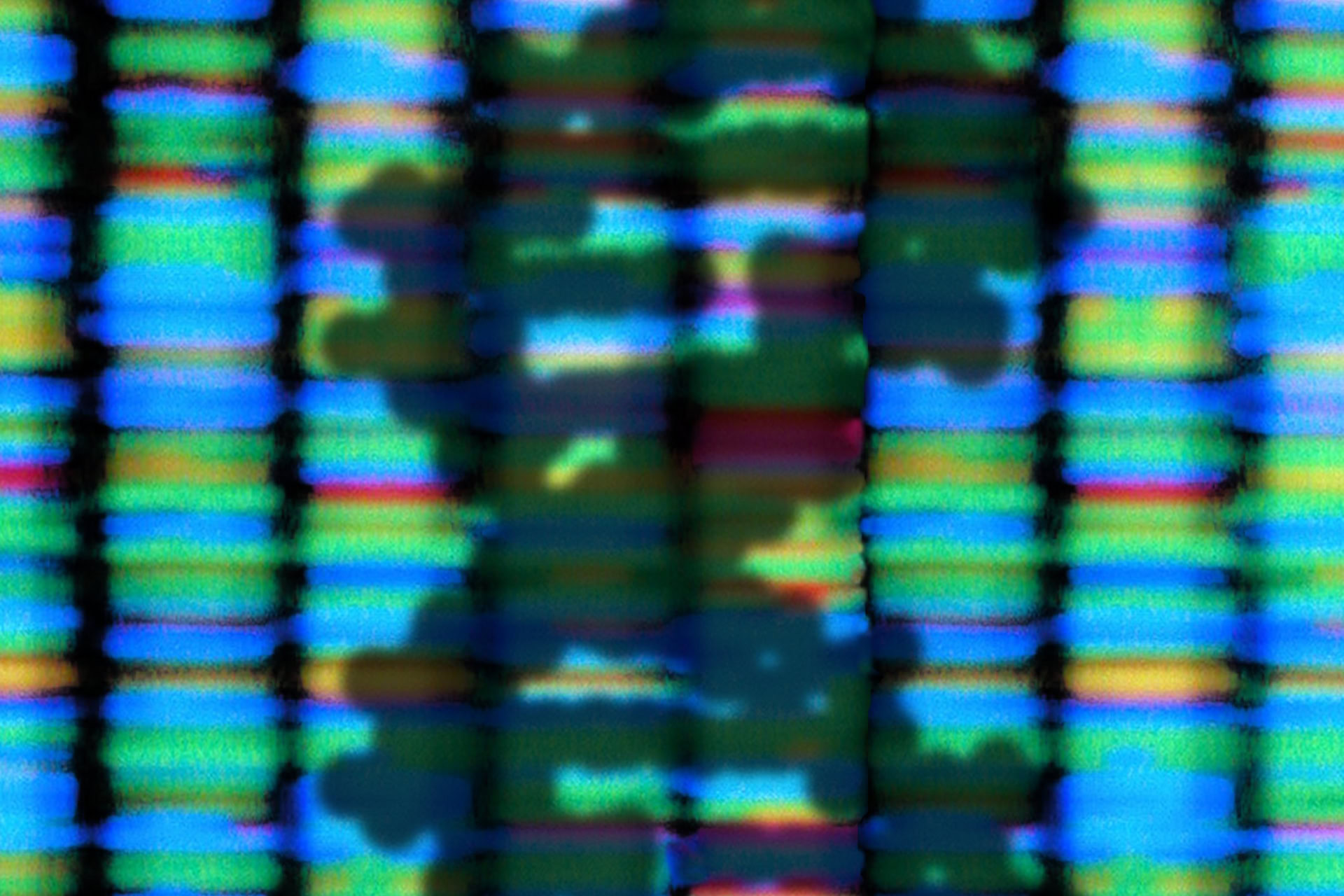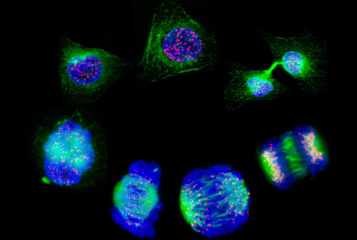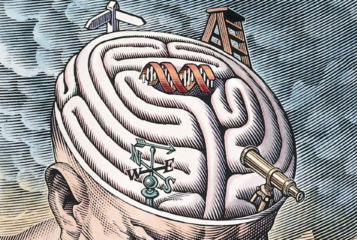A method of 'switching off' entire chromosomes has been used in isolated cells to target the genetic defect behind Down's syndrome.
The proof-of-principle study opens a new avenue of research into the cell pathways underlying Down's syndrome. Although similar techniques have been used in cells to target defective genes, this is the first time that the effects of a whole extra chromosome have been blocked.
Scientists from the University of Massachusetts, led by Professor Jeanne Lawrence, took a gene that naturally acts to inactivate spare X chromosomes in female mammals and used it to inactivate chromosome 21.
X chromosome inactivation typically silences one of the two X chromosomes in all genetically female individuals to prevent the damaging effects of a double dose of X chromosome genes. The X chromosome gene XIST produces many RNA molecules that coat the spare chromosome, preventing genes being switched on. Professor Lawrence's team used 'genomeediting' techniques to cut and paste the XIST gene into chromosome 21, allowing it to be effectively silenced.
By switching off one copy of chromosome 21 in cells from a donor with Down's syndrome, otherwise identical cultures of the Down's syndrome cells with and without silencing of the extra chromosome could be compared. Subtle differences in cell function caused by the active extra chromosome were observed for the first time.
Most people have 23 pairs of chromosomes, including two sex chromosomes. People with Down's syndrome are born with three copies of chromosome 21, rather than two, and have variable learning difficulties, a greater risk of heart and immune defects, and early-onset Alzheimer's disease. There are around 750 children born with Down's syndrome each year in the UK.
Professor Lawrence said: 'Our hope is that for individuals living with Down's syndrome, this proof-of-principle opens up multiple exciting new avenues for studying the disorder now.'
Sources and References
-
Scientists close to 'switching off' Down's syndrome gene
-
Genetic advance in Down's syndrome
-
Down's syndrome cells 'fixed' in first step towards chromosome therapy
-
Scientists Show Proof-Of-Principle for Silencing Extra Chromosome Responsible for Down Syndrome
-
Translating dosage compensation to trisomy 21






Leave a Reply
You must be logged in to post a comment.